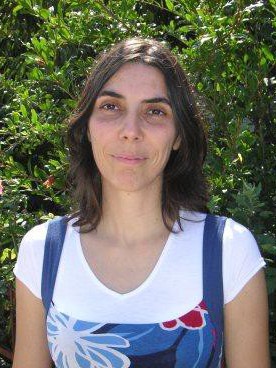abstract
Transition metal complexes based on the new ligand 5-methylthiophene-2,3-dithiolate (alpha-mtpdt) and Au, Ni, Fe, Co, Cu Pt and Pd were prepared as tetraalkylammonium and tetraarylphosphonium salts and characterised by cyclic voltammetry, X-ray diffraction, electron paramagnetic resonance (EPR) spectroscopy and magnetic susceptibility measurements. Except for the Cu complex, which forms a four-metal cluster [Cu-4(alpha-mtpdt)(3)](2-), the metals form complexes of the general formula [M(alpha-mtpdt)(2)]. With Au, Ni and Fe, the complexes are directly obtained from the synthesis as monoanionic salts, and the isostructural crystal structures of [nBu(4)N][Ni(alpha-mtpdt)(2)] and [nBu(4)N][Au(alpha-mtpdt)(2)] were solved by single-crystal X-ray diffraction. For M = Co, Pt and Pd, both monoanionic and dianionic salts were obtained, and the crystal structures of [Ph4As](2)[Co(alpha-mtpdt)(2)] and [Ph4As](2)[Pd(alpha-mtpdt)(2)] were determined by single-crystal Xray diffraction. The Co compound presents a rare tetrahedral coordination geometry. The oxidation of the monoanionic Ni and Au complexes with iodine leads to stable neutral complexes, which are fairly soluble in common organic solvents such as acetonitrile and dichloromethane. The crystal structure of [Ni(a-mtpdt)(2)] was solved by single-crystal X-ray diffraction. The electrical conductivities of the neutral Ni and Au complexes as polycrystalline compressed pellets are typical of a semiconductor; the room-temperature conductivities are 5.2 x 10(-7) and 8.7 x 10(-5) S cm(-1), and the activation energies are 325 and 287 meV, respectively.
keywords
COMPONENT MOLECULAR-METALS; RAY-ABSORPTION SPECTROSCOPY; SOLID-STATE PROPERTIES; DITHIOLENE COMPLEXES; PHYSICAL-PROPERTIES; 1,3-DITHIOLE-2-THIONE-4,5-DITHIOLATE DMIT; ELECTRICAL-PROPERTIES; CRYSTAL-STRUCTURE; NICKEL-COMPLEXES; GOLD COMPLEXES
subject category
Chemistry
authors
Neves, AIS; Santos, IC; Coutinho, JT; Pereira, LCJ; Henriques, RT; Lopes, EB; Alves, H; Almeida, M; Belo, D
our authors
acknowledgements
This work was partially supported by the Fundacao para a Ciencia e Tecnologia (Portugal) under contract PTDC/QEQ-SUP/1413/2012 and a PhD grant (A. I. S. N.) SFRH/BD/46613/2008.


